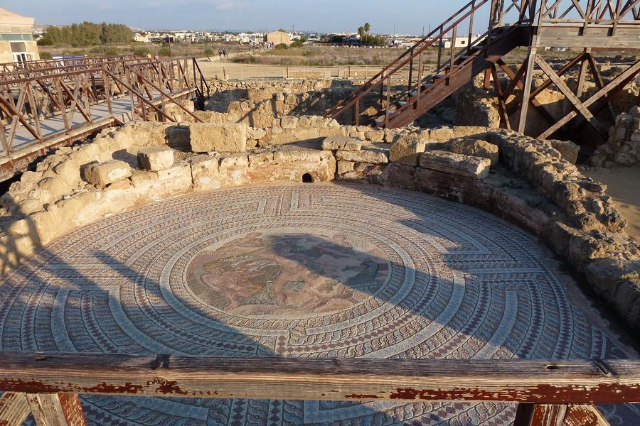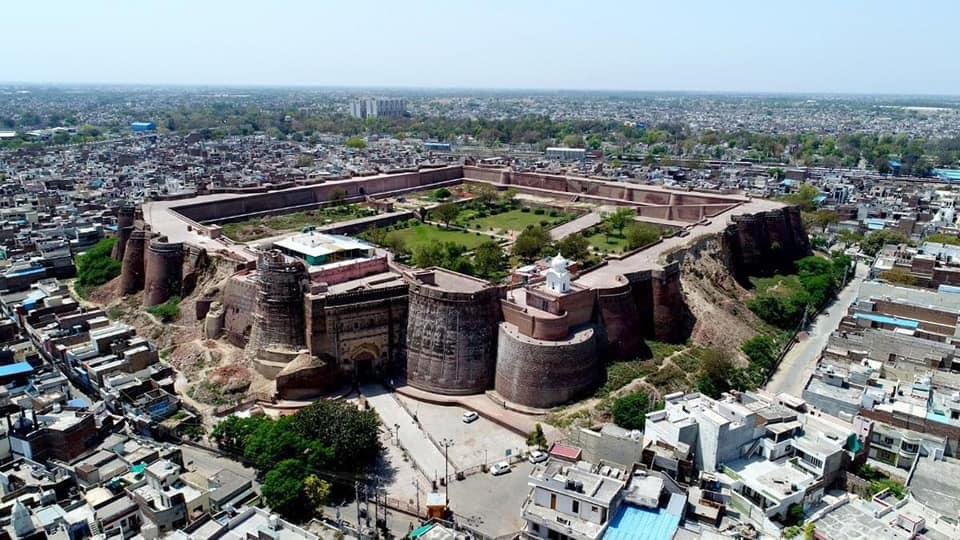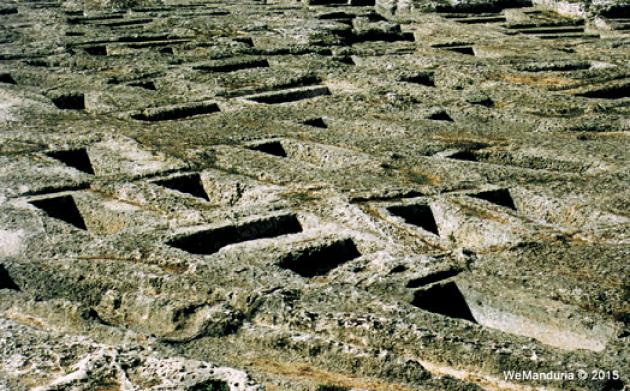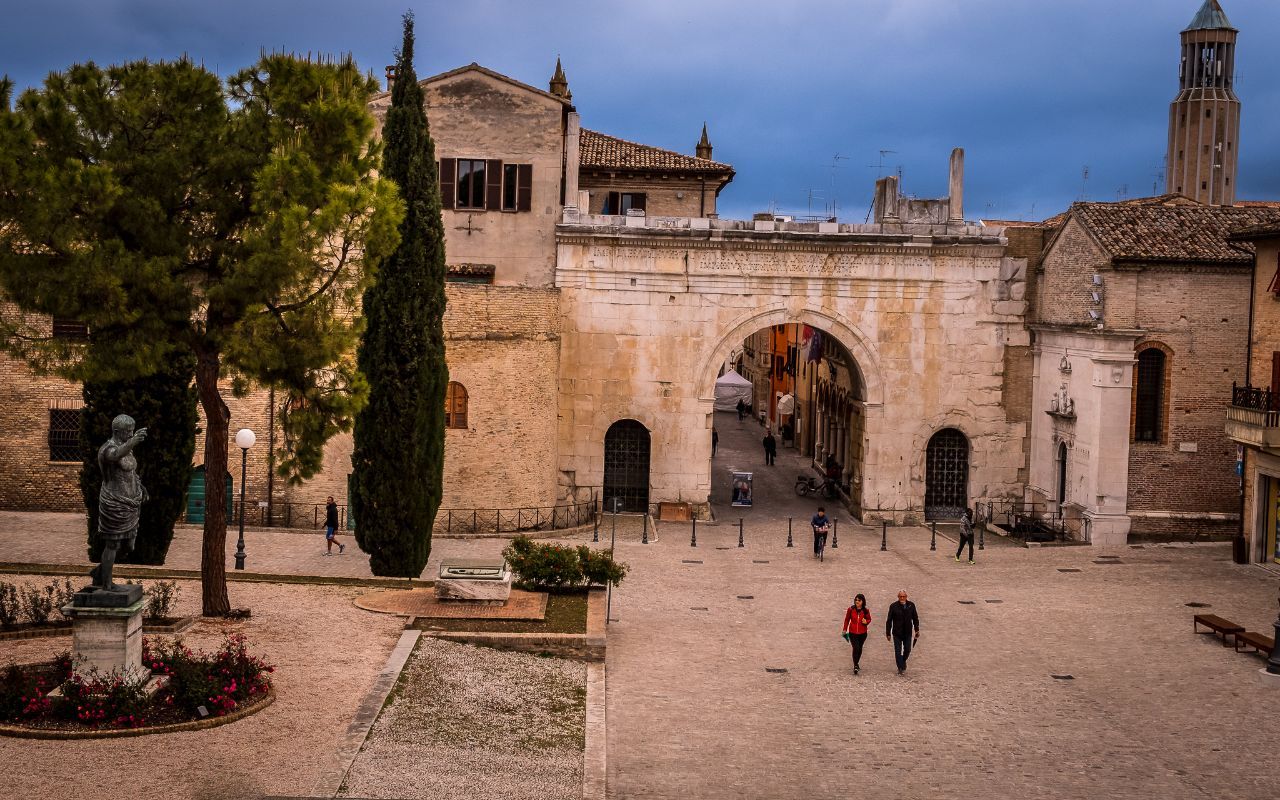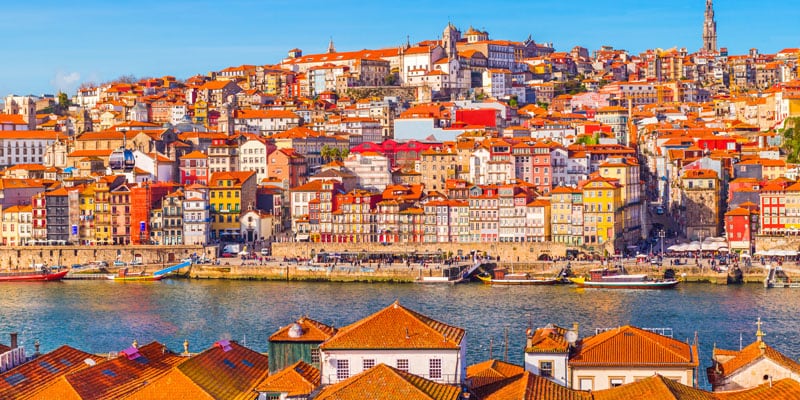The Mosaics of Paphos offer an unparalleled look into Greco-Roman life, as they present an intricate tapestry of daily activities, mythological tales, and important figures from that era. The mosaics were primarily made using small tesserae, which are individual pieces made from materials like marble, limestone, and glass. The colors used are rich and vibrant, which is striking given their age, and much of this is owed to the quality of the materials used as well as the craftsmanship.
The Houses where these mosaics are located each offer something unique:
-
House of Dionysus: Named after the Greek god of wine and revelry, this villa’s mosaics fittingly depict scenes of feasting and celebration, as well as various episodes from Greek mythology. One particularly famous mosaic shows Dionysus riding a leopard, a subject that reflects the god’s association with wild, untamed nature as well as with cultured pleasures like wine.
-
House of Theseus: Named for the mythical hero who slew the Minotaur, this house features a large mosaic labyrinth, presumably representing the maze that Theseus navigated to kill the beast. However, it also contains other mosaics that depict scenes from daily life and even a dramatic depiction of a sea monster.
-
House of Aion: This house has some of the more enigmatic mosaics, including a spectacular panel that shows the god Aion, ruler of time, along with the goddess Aphrodite.
-
House of Orpheus: This one features mosaics that show Orpheus, the legendary musician, poet, and prophet in ancient Greek religion and myth.
The significance of these mosaics goes beyond mere aesthetics; they are a visual archive that tells us much about the civilization of the time. The images help scholars understand everything from the clothing people wore to the types of food they might have eaten. For example, mosaics depicting fish and various forms of seafood offer clues about the local diet and perhaps even trade relations of the era, as do scenes showing fruits, bread, and wine.
Religious motifs are another crucial aspect. Many of the houses contain depictions of gods and mythical scenes, shedding light on the spiritual beliefs and practices of the time.
Finally, it’s worth noting that these mosaics have survived through various historical upheavals, from early Christian iconoclasm to earthquakes, making their continued existence all the more remarkable. Whether you’re an art aficionado, history buff, or just a curious traveler, a visit to this archaeological treasure trove offers a unique and enriching experience.

